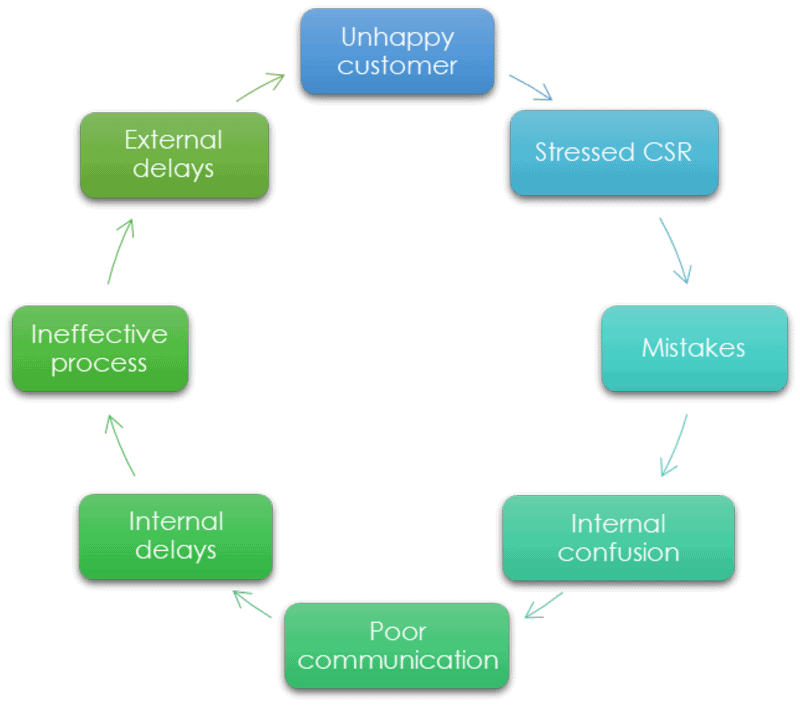
Only 25% of Companies Have Success With Customer Experience. Pity.
I highlighted one of the big culprits for the lack of success in customer experience in an article I wrote for Entrepreneur magazine last month, but there is another, more common reason businesses are struggling to become truly customer-centric organizations.
It’s kind of like your car…
Perhaps the best way to illustrate the problem is with a brief analogy. Imagine the following scenario:
Your car starts feeling funny to drive and it seems to be using more gas than usual. Your mechanic recommends a tune-up. You get the tune-up, but after a couple of weeks you aren’t seeing any improvement in your fuel consumption. In fact, it appears to be getting worse.
You take the car back to your mechanic who tells you that it’s probably the tires, which are a year old and wearing unevenly. You replace the tires, but a month later the car is still feeling funny and is still eating more gas than it should. You go to another mechanic who suggests you that you get a front-end alignment, so you get an alignment.
On the next visit, you’re told that there’s a problem with your steering assembly. The next its your suspension. Six months, three mechanics and thousands of dollars later, someone looks down at your tires and says, “Hey, your tires are wearing unevenly…”
A car is a complex machine with hundreds of parts that are directly and indirectly connected. A single failing spring, for example, can impact the entire suspension system, which in turn impacts the steering system, then the wheel assembly, etc. They were all interconnected, and fixing just one didn’t solve the problem.
The same is true for customer experience.

Customer experience whack-a-mole
One flawed process or business practice can affect efficiency, which in turn negatively impacts the ability to meet customer expectations, which increases the number of negative emails and calls to the contact center, and so on.
To have success with customer experience — to make real, positive and sustainable improvement — requires a broad, holistic, strategic plan. Addressing one component at a time, without first having such a plan is akin to playing customer experience whack-a-mole.
How to ensure success with customer experience
The fastest and most effective way to begin improving customer experience is with a customer experience audit. This requires an objective look at your customers’ journeys and all of the processes, practices policies and people that impact their experiences along the way. You need to map out the interconnectedness, and identify those things that are contributing to negative experiences. Once completed, the roadmap and action plan suddenly become much clear.
There are three things you need for a successful audit:
1. A commitment to seeing it through
Improving customer experience requires tremendous stick-to-it-iveness. If you only take it halfway, you risk being part of the 75% who only see mediocre results.
2. An unbiased perspective with no preconceived ideas
We all see the world through our own lenses and our own preconceptions. The best results will come from someone starting with a blank slate.
3. Commitment and cooperation
Objective results can only be achieved when there is freedom to question everything. Too often, however, there can be a defensive response when established policies or practices come under scrutiny. It is critical that everyone at the most senior level is open to change.
The hardest part to improving customer experience, as with most things, is making the decision to start the journey in the first place. The good news is that, once begun, the journey is very, very rewarding.











